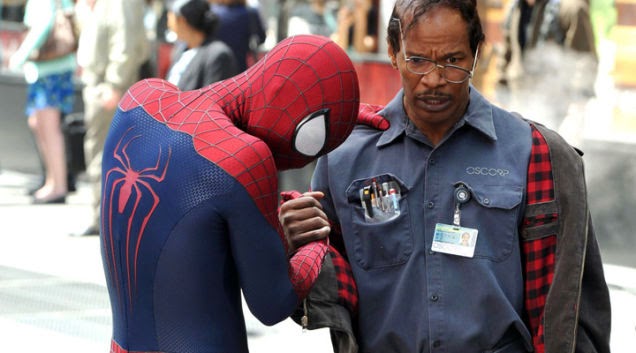Directed by Jason Moore
Written by Kay Cannon
Based on the novel by Mickey Rapkin
I had such high hopes for Pitch Perfect, but it let me down with more of the same.
We have here the story of a special snowflake hipster chick with an intense passion for music and a father who doesn’t understand her.. She has her own dreams, but her father doesn’t approve and makes her go to college. The message is clear: she needs to stop being so cool and join a defunct, all-girl a capella group that doesn’t know when to quit.
That’s great and everything, but the main plot is soon engulfed by the unnecessary and contrived romantic subplot. The story of a guy who just kinda forces himself into a girl’s space and is *sob* so heartbroken when she doesn’t take too kindly to that. Oh, well. The important thing is how self-aware they are, predicting and bashing the ending to their own movie.
The main problem seems to be that the movie doesn't understand its own strengths, choosing to focus on the least interesting characters and turning everyone else into offensive caricatures and mere props for a cause that their depiction betrays. The whole movie seems so ready to subvert all of this and by the end reinforces that everything is exactly as it appears. Look at us subverting subversiveness! We're so original you guys!
*spoilers* The girls’ victory at the end is undermined by the fact that the main villain leaves before the final battle. Yeah, they were awesome and stuff, but without the sweet, succulent tears of the bad guy, how am I supposed to balance my breakfast? *end spoilers*
While it has its moments (Rebel Wilson gets a couple of good lines; Elizabeth Banks steals every scene she’s in; and the music is indisputably awesome), the seemingly girl-power plot-line is tarnished by out-of-date tropes and straw-man misogyny that serves to obscure actual male entitlement as a quirky, lovable character trait.
Also, vader is Dutch, not German.



